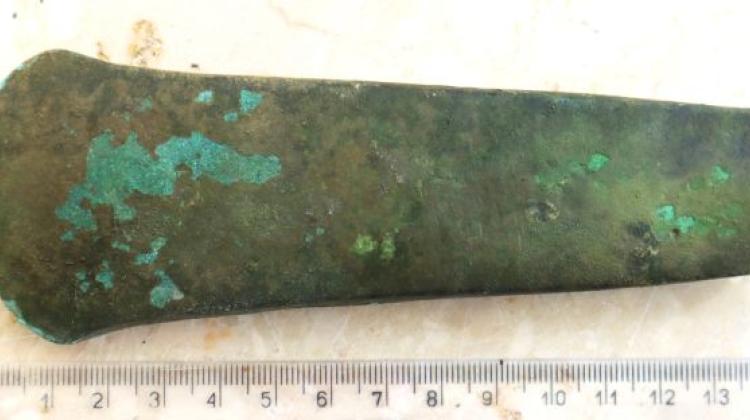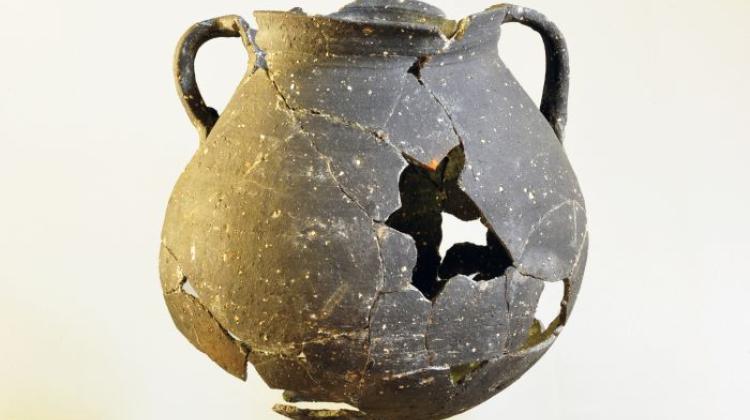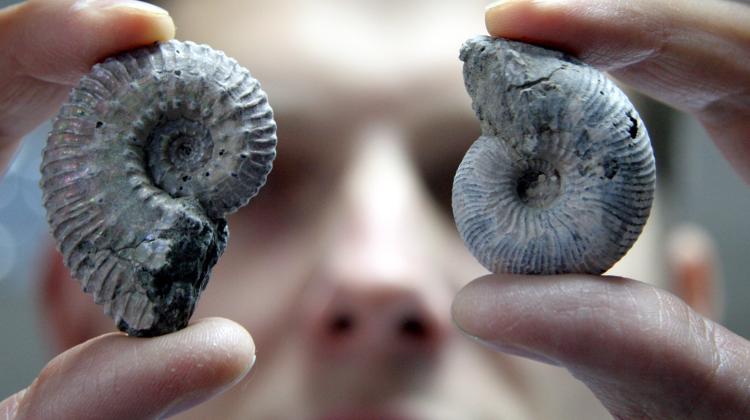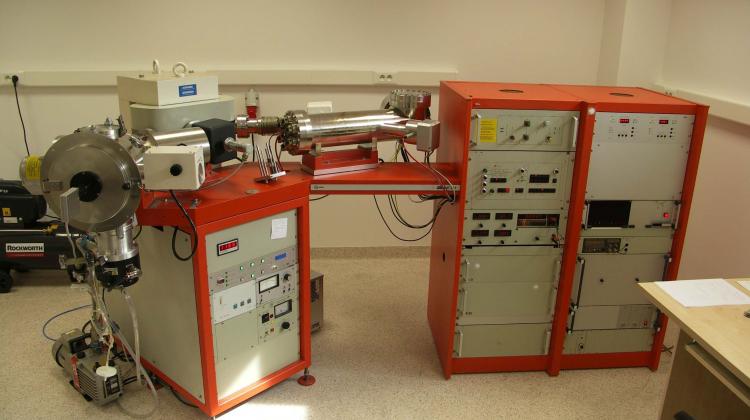Scientists know the layout of the POW camp in Czersk
By using airborne laser scanning (ALS), a team of archaeologists determined the layout of the German POW camp in Czersk (Pomerania), active during the First World War.
Currently, the former camp area is covered by forest, but in 1914-1918 tens of thousands of prisoners of war, mostly Russians, were held there in the open air. The soldiers were held in terrible conditions - they lived in dugouts.
"The area is a popular destination for detectorists. Unfortunately, archaeologists have not yet performed thorough research and the exact extent of the camp remained only a speculation" - explained Dr. Dawid Kobiałka, who together with two other archaeologists from Poznań - Kornelia Kajda and Mikołaj Kostyrko of the Institute of Prehistory, Adam Mickiewicz University, used airborne laser scanning results. Kobiałka added that the subject of World War I camps remains a terra incognita for Polish archaeologists.
The airborne laser scanning method, which was used in Czersk, involves sending beams of light emitted from a device on a plane. The laser beam is reflected from the surface of the earth and then returns to the sensor. Based on the time and the strength of the reflection, position and angle of captured light is calculated. Many such consecutive measurements form a point cloud. Thus obtained data are used to create a digital terrain model (DTM).
"To use this method, it is important that the test site has its own form of terrain. ALS can only be used to obtain the information about the past human activity that left permanent and material traces in the landscape. This was the case with the camp in Czersk" - explained Dr. Kobiałka.
The researchers used the data from the state resources collected for the project ISOK (IT System of the Country\'s Protection against extreme hazards). On this basis, they created a digital terrain model and terrain visualization, which was then subjected to interpretation. Obtained data allowed to identify two parts of the camp - north and south, which significantly differed from each other. The northern part was situated along the not preserved railway track. Preserved material landscape transformation suggests that this part of the camp contained two clusters of dugouts, where prisoners were held. The first cluster of dugouts consists of 26 objects. They were built on the north-south line. According to the researchers, each measured approx. 40 m long and 8-9 meters wide. Interestingly, none of the dugouts is visible to the naked eye in the field.
The second cluster of dugouts on the line was on the north-west-south-east line. Structures were similar in size to the first group. Archaeologists were able to distinguish the outlines of only 22 such objects.
Old propaganda postcards were helpful during the interpretation of laser scanning results: in the case of objects in the form of square outlines, scientists believe that they are dealing with barracks used by the camp administration.
Different results were obtained in the southern part of the camp. Researchers found the remains of much smaller dugouts, of which they counted 51. They located the fence line, and possibly an assembly square.
"According to the few preserved reports of the prisoners held in the camp, living conditions in the dugouts were unbearable. They were always damp and usually there was water. Nevertheless, we were able to document the drainage system at the edge of the southern part of the camp" - described Dr. Kobiałka.
The researchers emphasised that during the interpretation of ALS results, all traces are significant - both from the time of the camp\'s operation 100 years ago, as well as those only a few years old. Among the signs of human activity, there were also cavities made by modern treasure hunters.
A more detailed article on discoveries in Czersk and methodological reflection on the research can be found at: http://biografiaarcheologii.pl
PAP - Science and Scholarship in Poland
szz/ mrt/
tr. RL
Przed dodaniem komentarza prosimy o zapoznanie z Regulaminem forum serwisu Nauka w Polsce.


















